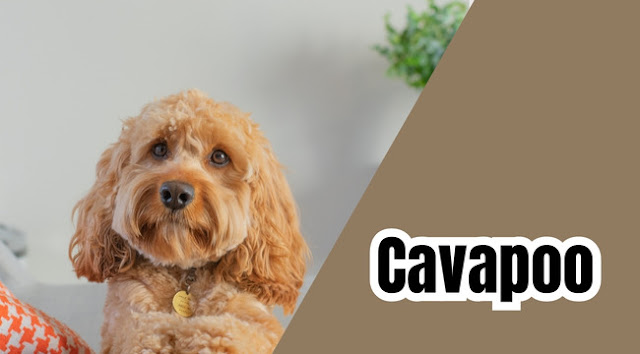The Lhasa Apso: A Regal and Independent Companion
The Lhasa Apso is a charming dog breed that originates from Tibet. Historically revered as royal watchdogs in the palaces and monasteries of their mountainous homeland, these dogs have now transitioned into loyal family companions. While their protective nature may surprise some due to their small size and flowing coat, the Lhasa Apso is fiercely dedicated to safeguarding their loved ones. This article explores the characteristics, temperament, history, and care requirements of the Lhasa Apso, highlighting their unique qualities as a breed.
The Lhasa Apso, often referred to as the "teddy bear dog," is a delightful breed known for its charming appearance and cuddly nature. With their fluffy coat, expressive eyes, and endearing face, these dogs bear a striking resemblance to adorable teddy bears, capturing the hearts of dog lovers everywhere. The Lhasa Apso's coat is one of its most distinctive features, resembling the soft fur of a teddy bear. It is long, thick, and luscious, providing them with a cuddly and huggable appearance. Their coat comes in various colors, including golden, cream, white, black, or a combination of these shades. The luxurious mane around their neck further enhances their teddy bear-like appearance. Beyond their captivating looks, Lhasa Apsos possess a temperament that is equally endearing. These dogs are known for their affectionate and gentle nature, making them perfect companions for individuals or families seeking a lovable furry friend. Despite their small size, Lhasa Apsos possess a sturdy and independent personality, which adds to their teddy bear charm.
Protective Nature and Temperament
Despite their petite stature, Lhasa Apsos possess a sturdy and independent disposition. They exhibit an innate sense of protectiveness, making them excellent watchdogs. While they may be naturally suspicious of strangers, they are not typically aggressive. Lhasas are known for their loyalty and devotion to their families, showcasing their intelligence, independence, and mischievous nature. To ensure their success as family members, early socialization and consistent training are essential, helping them channel their natural wariness in a positive manner.
Adaptability and Training
Lhasa Apsos are versatile and can adapt well to various living situations, including apartments. They are well-suited for novice pet parents, provided they receive firm and consistent training. These dogs may challenge their owners' leadership if not properly trained, so establishing clear boundaries and maintaining consistent discipline is important. With their needs met, Lhasa Apsos can become loving and playful family members.
Grooming and Coat Care
The Lhasa Apso boasts a stunning coat that is long, thick, and beautiful. However, maintaining this coat requires regular grooming. Daily brushing and combing are necessary to prevent tangles, while frequent bathing helps keep the Lhasa smelling fresh. Some owners opt to trim the coat short or around the face for easier maintenance. Prospective Lhasa owners should be prepared for the grooming responsibilities or be willing to consult a professional groomer.
Family Compatibility and Longevity
Lhasa Apsos tend to bond more closely with adults than children, and they may be impatient with the normal clumsiness associated with young kids. Older children or gentle youngsters who respect dogs' boundaries can live happily with a Lhasa Apso. It is worth noting that Lhasa Apsos have a long lifespan, with an average of 12 to 15 years and some individuals living up to 17 to 20 years, providing many years of companionship.
History and Cultural Significance
Originating from Tibet, the Lhasa Apso takes its name from the holy city of Lhasa. These dogs were bred for centuries by nobility and monks in monasteries as inside guards and protectors. They were highly regarded and considered sacred, with the belief that the human soul entered the body of their Lhasa Apso upon their owner's death. Historically, Lhasas were not allowed to leave the country except as gifts from the Dalai Lama. The breed's introduction to the United States came in 1933 when two Lhasas were given as gifts by the 13th Dalai Lama.
Conclusion
The Lhasa Apso is a remarkable and distinctive breed, combining regal attributes with an independent and protective nature. While their small size may deceive, Lhasas are known for their loyalty, intelligence, and mischievousness. Early socialization, consistent training, and attentive grooming are crucial for their well-being and happiness. With the right care, Lhasa Apsos can bring joy, loyalty, and companionship to their families for many years.




Comments
Post a Comment